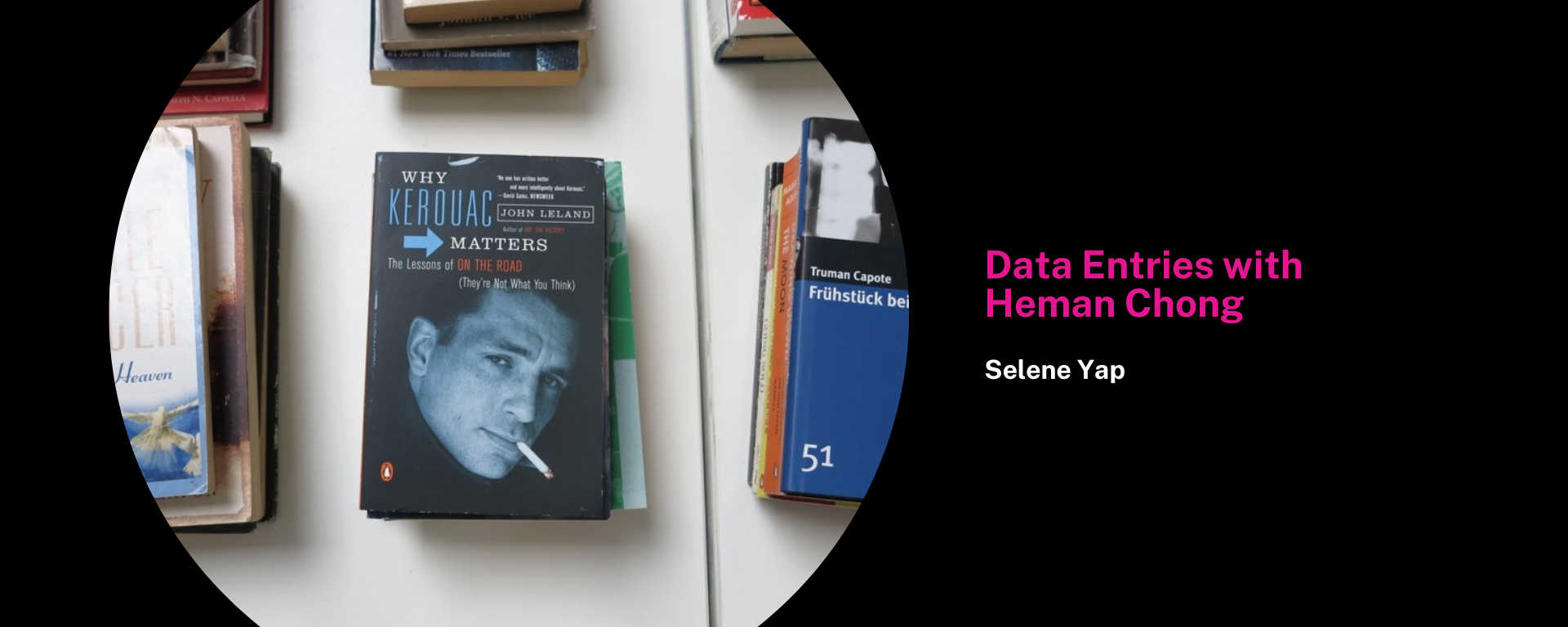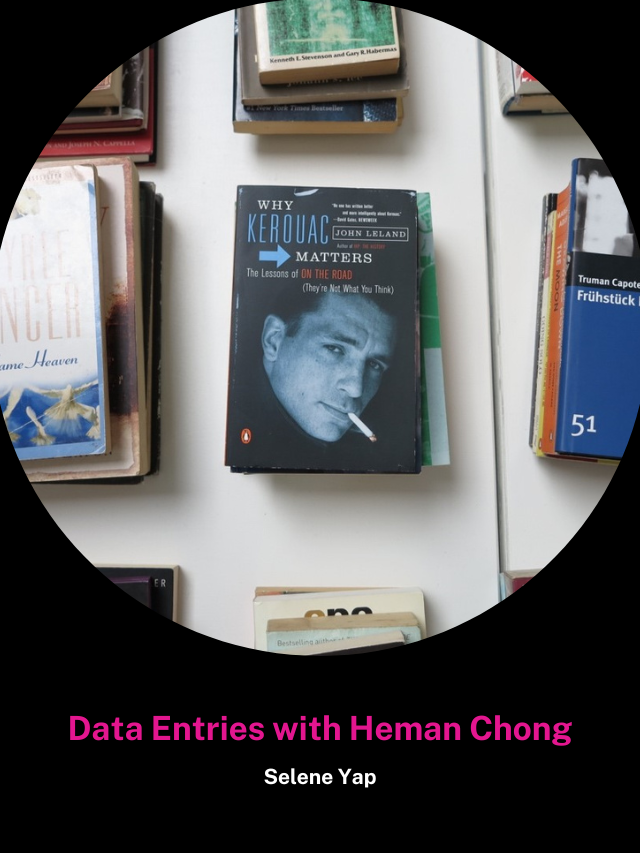Data Entries with Heman Chong
01 Sep 2022
What constitutes a performance, photograph, sculpture or text? Can a work be all of the above? And if so, what are the strategies involved in beginning to look at and think about these forms? In this conversation, artist Heman Chong reflects on the processes of his works that touch on ideas of data collection, performance and politics in our everyday lives. Chong also addresses the use of written instructions as a method of documentation for the re-staging of his works, focussing on God Bless Diana, Calendars (2020–2096), Foreign Affairs, The Library of Unread Books, A Short Story about Geometry, and Everything (Wikipedia), which are presently in the collection of the Singapore Art Museum.
The following conversation is excerpted and edited from a public talk on 8 May 2021.
Data Entries evokes a series of mundane yet laborious tasks. The projects we’ll be discussing today, especially the photography works, involve an amassing of fragments of data, organising them by association, and presenting them as a body of information. How does the idea of “data entries” relate to your practice?
It’s a very good question. I’d like to start by talking about the fact that for me, all art is a form of documentation. Whether it's good art or bad art is another topic to be discussed. But every trace that you leave, every trail that you make, every mark that you inscribe, is a way of documenting how we live at a certain point of time, and how that living makes sense to us as a species, and as part of the ecology that we live in. I've often thought of the process of artmaking as one that is extremely mundane, simply because there is no other way for me to do it. Because I don't believe in art-making as a kind of self-expression, a lot of my works are created out of engaging and interfacing with different systems. It’s about finding a way to do something, rather than expressing who I am. I do see myself as the meme with the cat at the laptop, constantly whacking away at the keyboard, just to do something. It’s in this repetition that a lot of my work is being produced.
That's something we discussed previously as well, the idea of the mundane. The first set of works that we are looking at is God Bless Diana. The snapshot is something that is transitory and mundane. Because you're just taking photos everywhere, there’s a randomness that’s being suggested. But at the same time, the snapshot evokes vividness. You've taken a slice of reality and made it your own. Can you share how this idea of the snapshot features in your practice?
I often use very simple means to make my work, because I find it impossible to work with anyone else. Filmmaking is out of the question, because you have to work with the whole team of people. Public art installations are worse, because you need a whole army to do it. A lot of my projects are confined to what I can make with my own hands. My relationship with photography is to find the cheapest way of making a photograph, and then to make it. I've never owned a DSLR camera in my life. I've never had a camera where the lens is detachable from the body. It's always a camera that's literally the – I won't say the cheapest – but the most accessible.
What I'm trying to say is that, because of this chosen way of capturing images, I cannot think of photography as fine art photography. Number one, it's f***ing boring for me. Number two, I don't want to deal with resolution. I don't want to deal with fidelity and quality. I often feel what is more important is the grain of the image – what the image is actually trying to communicate – rather than the technical background behind the image.
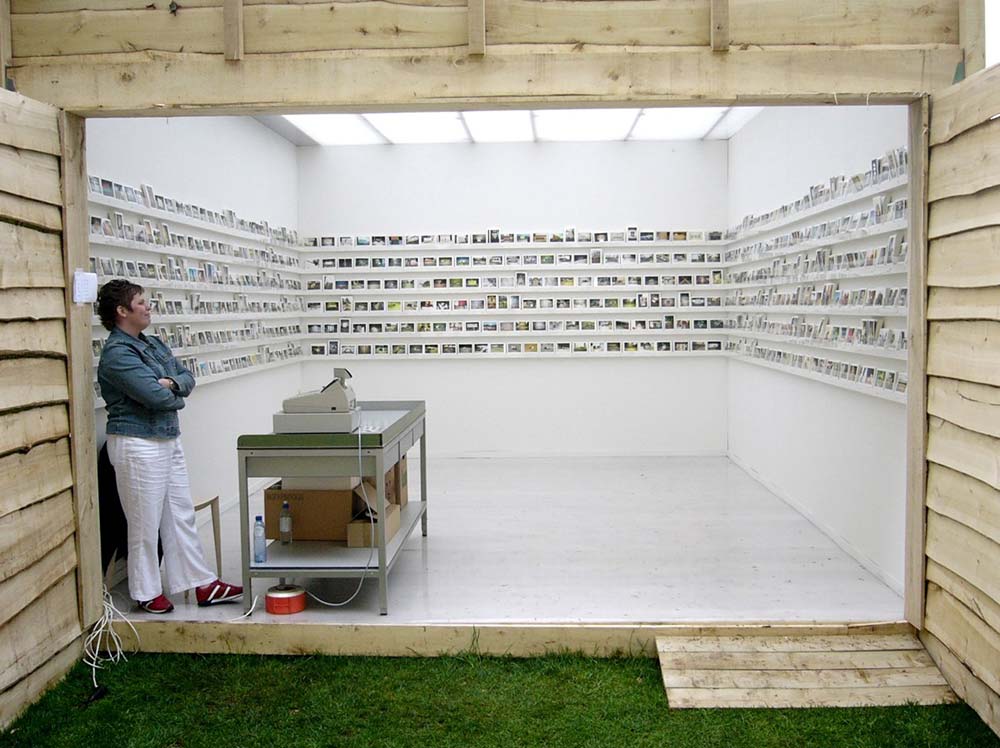
God Bless Diana is a very important project to me because it was made 20 years ago – yes, I'm old. It's a series of postcards that’s made into a shop, and there are 550 postcards in total. The images are photographed with a snappy compact camera, a 35-millimetre camera – not because I have a fetish for film, but it was a time before digital photography. I have no fetish for material at all. I took the images and made them into postcards, and then have them sold for $1. If it's shown in Europe, it's one euro, and if it’s shown in the States, it's one US dollar. The $1, for me, is just a simple way of stopping people from taking 10 or 500 postcards. It's to say, “Okay, because there's a monetary exchange, I need to think about which postcards I want to buy, right?” It's a way of forcing audiences to decide which images mean something to them, based on their monetary access.
I feel like the best end product for the work is to see this postcard on someone’s fridge with a magnet. It is about distributing it in a way that is the furthest away from “fine art” photography, or expensive photography. Almost anyone who visits the work can take a part of the work home for a very low price. But because the images are reproduced infinitely, it's not an edition. The combination of the shop, the postcards, the buying of the postcards—these aspects all constitute the work. It's engaging in a way that is similar to going to a supermarket, where you’re choosing things, buying something that you feel for, or that you have an affinity towards. Again, I feel like I’m always falling back on very simple ways of distributing my work. There’s no grand gesture.
For Calendars, we can also start with the gesture. The work is photography-based, but it’s also based off a gesture of waiting, like waiting for a room to empty out.
Calendars is a project that I worked on for seven years, straight after God Bless Diana. The reason why it took seven years to make is because I wanted to produce a project where I didn't have to f***ing talk to anyone. I would wait around in these public spaces in Singapore, and waited for that moment when nobody was in the shot. Then I would just take a snapshot. There’s always one moment like that. You just have to wait for it.
For example, if a security guard comes to me and asks, “Eh, ah boy, what are you doing with the camera? Are you taking a photo here?” I’ll be like, I will not talk. I will just walk away. This is one of the reasons why it took seven years, because of the absolute wordlessness in the project. There’s no negotiation, there's no “auntie, auntie, can you move out of the frame?” It is, for me, a very important project, because it has grown with me over the years. Of course, during the seven years, I was also thinking about other projects, but Calendars has been the base from which all the other projects grew.
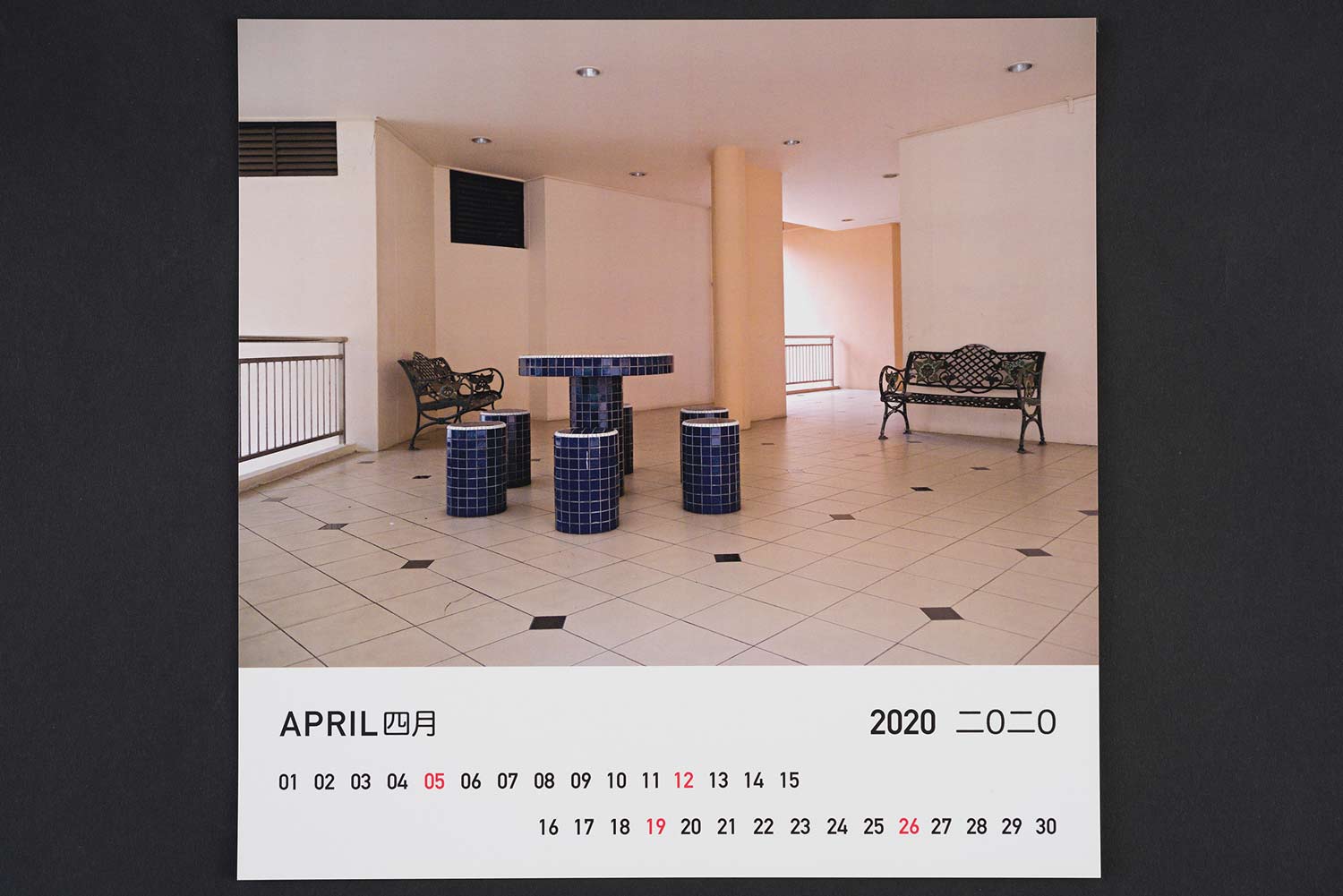
Calendars and God Bless Diana were made over an extended period of time. How do you decide when a project should end? I know most of the time, when you start out doing something, there is no master plan. You just start with a personal gesture, so the first photo that you take is something that is quite close to you, and then it grows from there.
Yes. I'm not a fan of applying for grants at the NAC (National Arts Council), because it is a way of killing the project, because you have to finish the project before you actually do it. You have to tell them exactly what you want to do. You have to show what you’re going to do. It's a terrible way of making art, and a terrible way of having to come to terms with a practice.
So, I don't have a choice except to make art that costs nothing when I begin it. I cannot form a team, I cannot buy an expensive camera, I cannot think about production values. I think that the only way of making a mammoth project, when you don't have that team or that resource is that you have to take time. So, I'm using time to hedge my bets against the system.
Calendars performs that role for me, as it’s a solitary journey. One of my biggest references is the French filmmaker, Chris Marker. He calls himself the singular filmmaker, and I think that’s a very good reference point for me – I don't need an expensive camera, I don't need a sound person, I don't need business class tickets or a producer. I can just do it; I can hack it on my own. The only way of doing that is time. For example, I edited every image on my own in Photoshop, doing the colour correction and cropping. Zero assistance, zero context for production. It’s just how I choose to work outside of the practice of attempting to complete the project as a plan.
It's the same for Foreign Affairs, if we were to look at the way in which the project originated. You travel quite a bit to install shows or to visit exhibitions, so when you’re travelling, you probably also started taking photos of these embassy backdoors. It’s interesting to see the thread between these three photographic works being that they concern a form of walking or moving through spaces. Eventually, the photographs emerge from there.
I think “emerge” is a great word to use when you think about the things I do, because emerging is a process where something that was once hidden is revealed, coming out of another body of things. When you think about the three projects – the postcards, the calendars, and now, the back doors of embassies – they are, for me, one work, to a certain extent, or one corpus. Because they all involve just me with a small camera walking around, taking a photograph without ever asking for permission. The act of photographing these things is sometimes seen as transgressive. Which it’s not. It’s just kind of a weird habit.
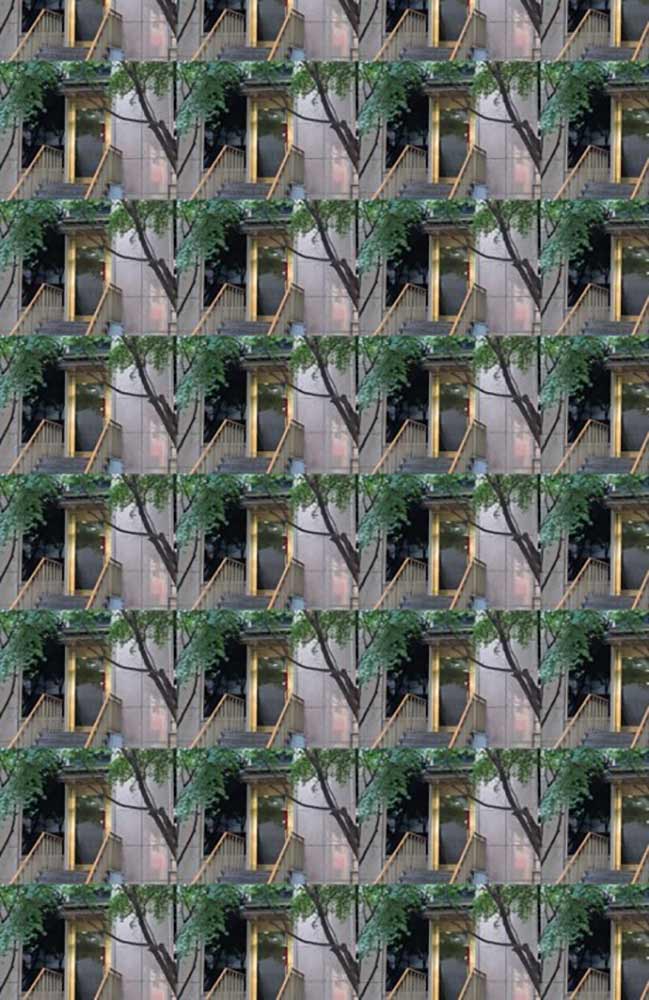
Foreign Affairs is a series of backdoors of embassies around the world that I photograph. I’ve photographed about 350 now, and I'm under strict orders by my lawyer to never reveal which back door belongs to which embassy in which city, because I don't want to go to Guantanamo! The trick is also to stand on the street and to photograph the door because you’re not on their property.
In your photography-based works, I see data sets being collected, whereas in your performance works, I see data sets being transmitted through the body. Shall we start off with A Short Story About Geometry, and how the body features?
We’re going to talk about three performances, A Short Story About Geometry, Everything (Wikipedia), and The Library of Unread Books, which is a collaboration with Renée Staal. When I think about performance, I often think about a performance that can be made with no beginning or end. When it has no beginning or end, it often does not have a crescendo, a climax. I also want to avoid what we see in a lot of performances, which is the heroic gesture—that all-powerful male gesture where you tear your clothes, or take off everything.
A Short Story About Geometry belongs to a series called Memories, where I have made about nine different editions; nine different versions of this performance. They are all short stories that I have written, which are each about 500 words long. The key of the performance is to invite someone from the audience to memorise the work. I would also personally guarantee that this short story would never be published in any other form, except to be published as a performance. It takes about three hours on average to memorise one of the short stories. It's excruciatingly painful. Some people cry, and sometimes they take six hours because they just cannot do it. There are also exceptions. I have seen people who take less than 20 minutes to do it. Because they’re actors. They can memorise things, those theatre folks.
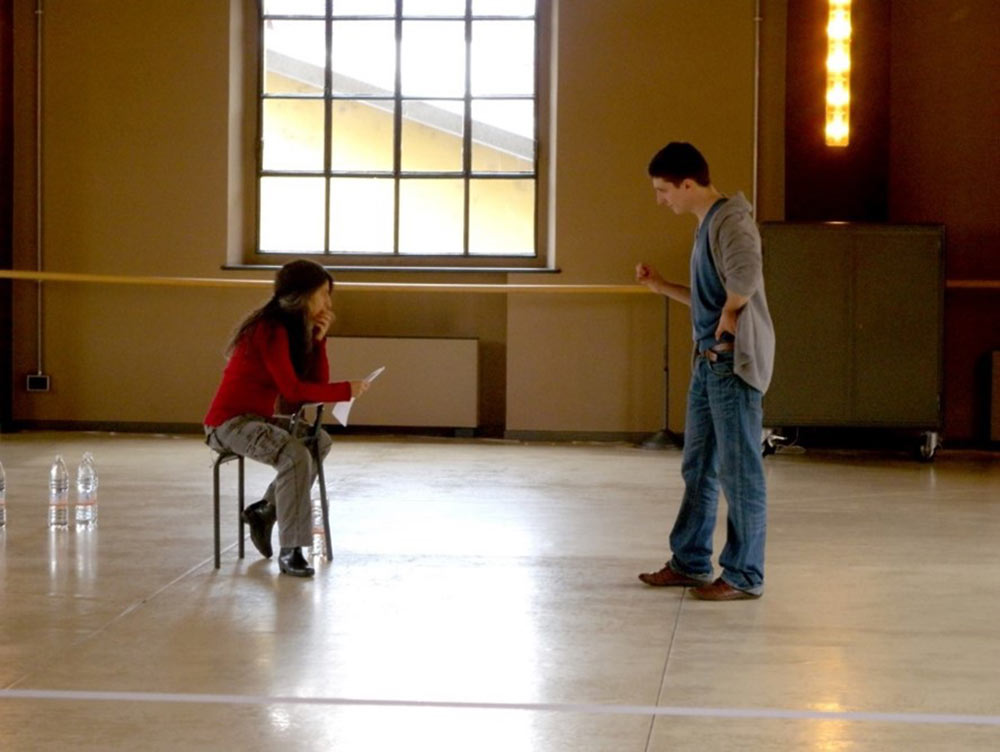
The Singapore Art Museum has collected the first short story that I've written, which was produced for the Flying Circus Project at Theatreworks (currently T:>Works) in Singapore at 72–13, back in 2009. The idea of performance for me always comes from theatre, that it is theatrical. Because watching someone memorise a short story is very theatrical. It looks like they’re having a conversation, but they are not. It’s a totally different way of producing a relationship between two people. But it is still encrypted in the processes of speech, and I think most of my performances are about speaking, about voicing, about vocalising. I'm very interested in how to think about transmission as a way of sharing knowledge. I feel like this way of publishing a short story is so much more intimate than publishing a short story on paper and sending it out into the world. It’s just a way of doing things. For me. It’s not right or wrong.
That was more or less what we were talking about in terms of seepage between forms, or the fact that performance is a form of publishing for you as well. Maybe we can speak of Everything (Wikipedia) as a monstrous instance of information transmission.
Yes. I'm often interested in how things crawl back from the digital world, into the real world. I think this is what this performance is about. It's about vomiting Wikipedia on everyone in the gallery. The performer goes to the Wikipedia page of the day, and they just read that. Then they go to the link of their choice and read that, and then they go to the next link, and so on. It's literally like regurgitating Wikipedia into the real world. But then again, because the performance is not recorded, that regurgitation is a gesture that is fleeting. You either hear it or you don’t hear it, right? I totally don’t believe in recording a performance because if I’m making a performance, then I will make a performance. If I want to make a video, I'll make a video. I don’t want to sublimate one thing into another and then it becomes weird.
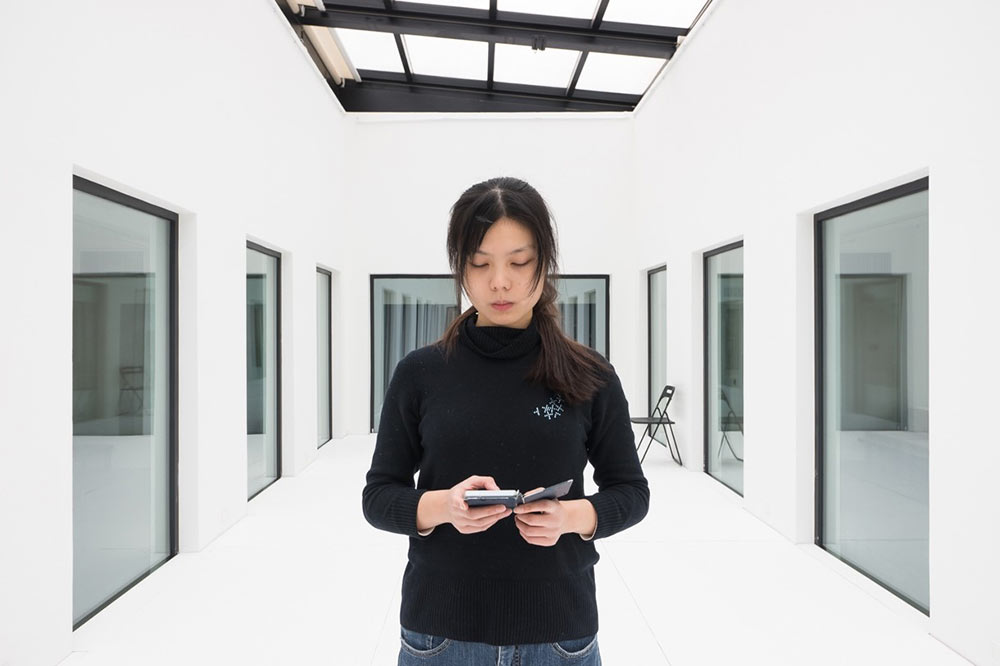
You mentioned that the performance is also a form of documentation in itself. Maybe I can return to your earlier point about the non-heroic gesture that exists in all your performances—how almost all your performances take the shape of talking, voicing, and remembering. These are everyday gestures. It is the same for The Library of Unread Books, which I had never regarded as a performance, but you categorise it as a performance work. How or when does performance start to show itself?
The Library of Unread Books is a library that is solely made from books that were previously in someone’s private collection. The performance starts when someone, first and foremost, admits that they haven’t read the book. That is the start of the performance. Like, “I didn't read this book, I will never read this book. I'm going to give it to Heman because I want to get rid of my baggage.” People would send us books that they didn’t want to read, but that they had on their shelves. Maybe it was a gift they didn’t like. We had lots of people who sent us advance copies of books because they didn’t want to review them. It's a kind of depository or set of knowledge that people don’t want to read or access. This library suggests how fortunate we are to be surrounded by all these things that we can learn from, but actually, that nobody wants to learn from.
It’s performative because there’s always a librarian in the space, and you can always donate a book to the librarian. Most of the time, people in the space talk to each other, without me or Renée instigating the conversation. I also regard people talking in the library or people hanging out as a kind of performance. It’s also very much designed as a stage. You have these tables, and the fact that the books are on tables and not on shelves, is because these stacks of books are constantly being shifted around. I also think of this shifting around of books as a kind of performance. There are all these different layers to it. And, of course, the fact that this library is travelling is also a kind of performance, right? A library of 3,000 books being shipped from one city to another is a crazy thought. It is so mobile, but at the same time, so heavy.
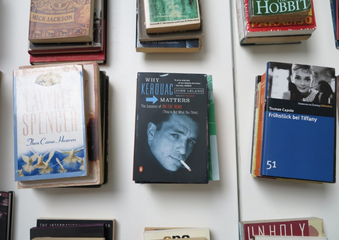
In an age where everyone’s going crazy about outputs, what you’ve done is to bring us back to the conditions of production in contemporary art, and how, for yourself, the system is this thing that you've built up from everyday gestures.
I mean, I think the easiest way to describe this is that I don't have a studio to go to. I work at home. Work spills into life, spills back into work. There are no borders between things for me, and even if there was a border, this border is extremely porous. Things move and spill and crawl and slip into different cracks and crevices. In a way, I don't think about art and life as two separate things so much, and that one must strictly inform the other. I don’t form these territories, you know?
I don’t think what I'm doing is new at all. The writing of instructions, and how performance is transmitted through these instructions, is something that’s been done since the 1960s. For example, with the wall drawings of Sol LeWitt, they don’t exactly exist in real time – they exist whenever you recreate the drawing via the instructions on the page. I am coming from that legacy of conceptualism. But I feel very strongly that I am attempting to evolve this conceptualism into something else altogether. And I'm doing that by marrying these conceptual strategies with something that is within my cultural and social context, especially coming from Singapore.
So much of my work has been about encountering sets of invisible limitations and authorities, for example, the very fact that I chose to take photographs in public spaces and was not asking for permission. When I’m asked about why I’m taking the photograph, I will just shut the f**k up. I am facing off with these rules. This is my only sad and banal attempt at resistance, because essentially, I don't know what else to do. Even being disenfranchised is a position in politics. And I constantly feel disenfranchised as an artist in Singapore, because I am often kept out of these sets of politics. But this is a way for me to slip into those politics and to engage with them, simply because I don't have the balls to be an activist.
Heman Chong (b. 1977) works at the intersection of image, performativity, situations and writing. His practice can be read as an interrogation (and sometimes intervention) into everyday infrastructures as a medium for political engagement.
Selene Yap is Assistant Curator at the Singapore Art Museum.

